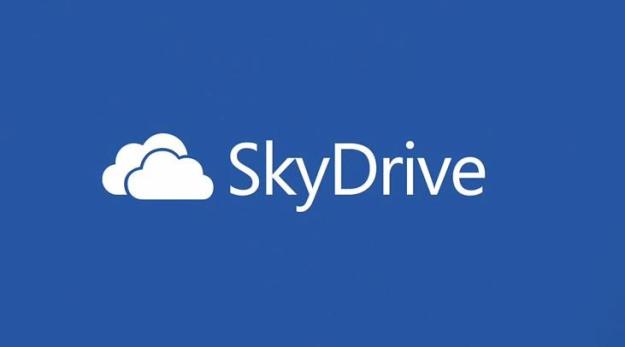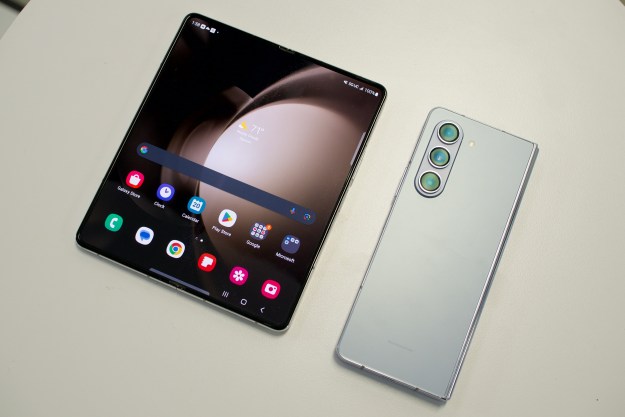
Have you ever found yourself in a situation where you reach into the pocket to pull out your phone, but then come up empty handed? You tear your apartment apart trying to find it, retrace your steps, check every possible pocket it could have possibly been slipped into, but still, nothing. And worse, with that phone, you lost all those things you never thought to back up. Things, like photos, that you can’t possibly replace.
Well, good news for Windows Phone 8 users. To date, only a choice selection of markets were able to make use of Microsoft’s SkyDrive to back up full-resolution copies of their photos and videos, leaving other markets to make due with more burdensome, manual methods of backing up. But, the company reported on its blog yesterday that it has released an update to its software that opens up the SkyDrive method in all markets where Windows Phone 8 is present. (Though the company warns, it could take a little time for the update to make its rounds, so if you don’t see it right away, fret not; it will get to you within a few days.)
To set up the feature, tap phone, more, settings, and then SkyDrive. From there, you can set it up so that your photos and videos automatically upload to your SkyDrive folder. But as a warning, make sure to opt for the highest quality; by doing this, it will require that your device be connected to Wi-Fi when it backs up. If you opt for a lesser quality, it will use up your monthly data allotment if you’re not on Wi-Fi.
It’s a feature that Microsoft has wanted to roll out to all markets for some time, but it required a lot of pre-planning and collaboration with the SkyDrive crew, particularly because this requires a ton of data transferring. For those in markets that are just getting this feature, we’d love to hear how it’s working out for you. Let us know in the comments below.
